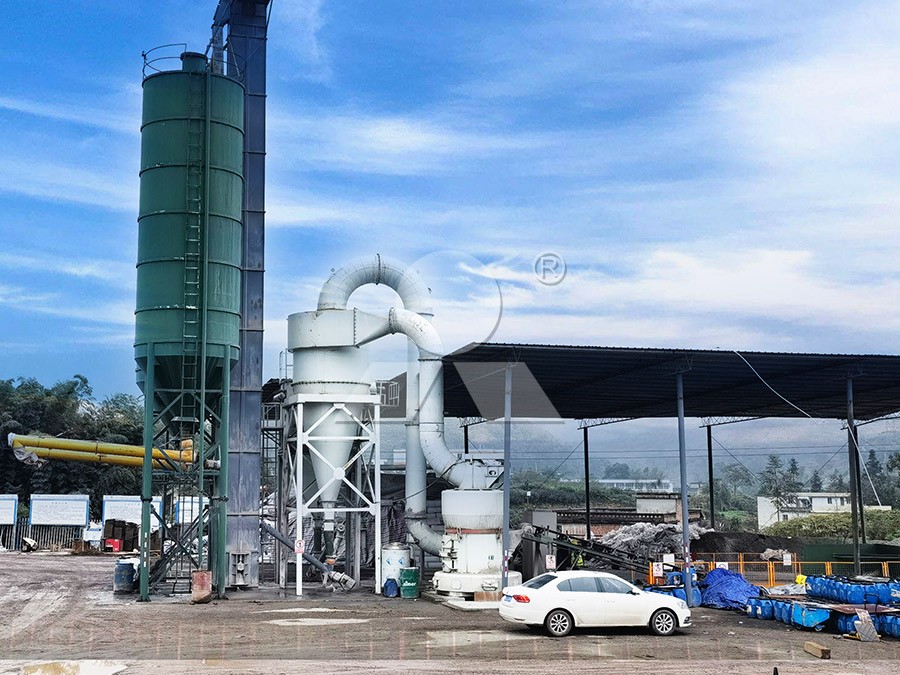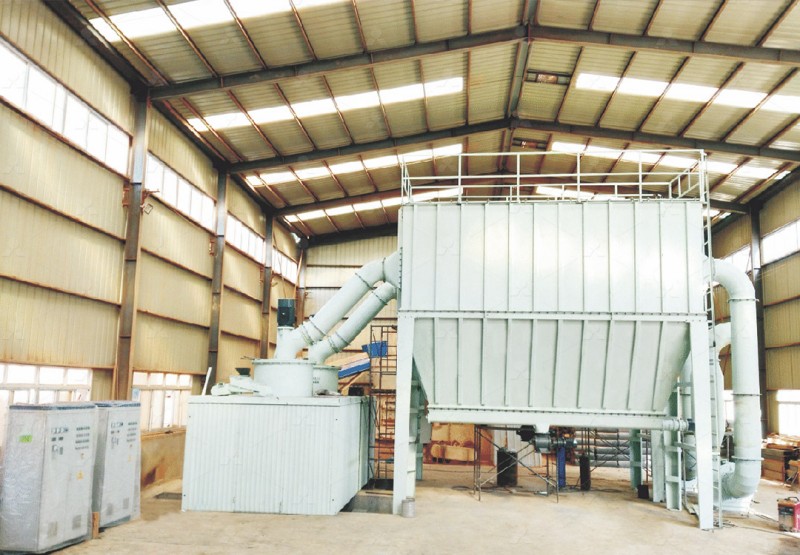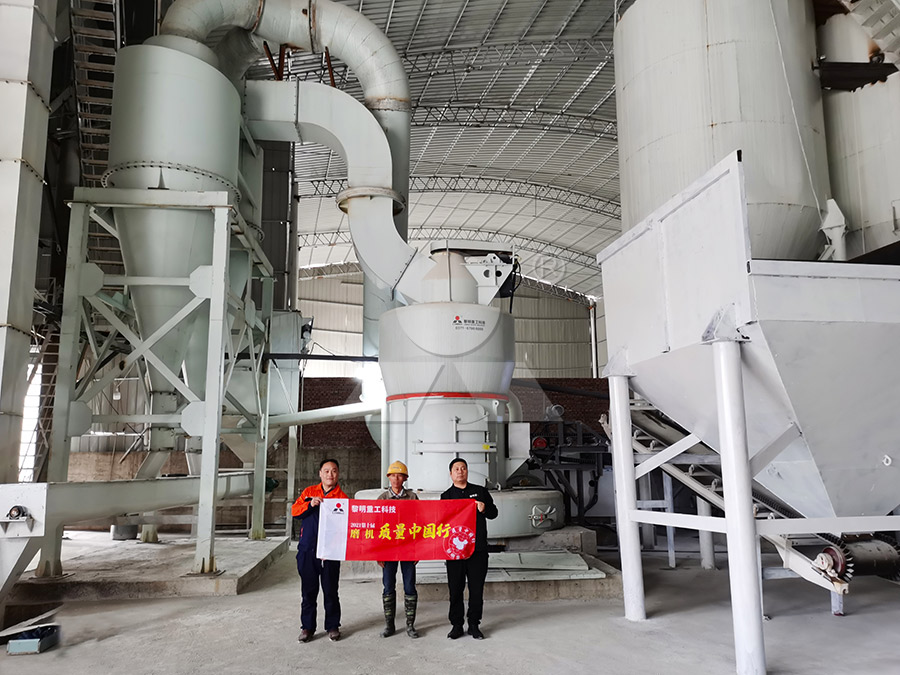Stone Grinding Mill Machine Process Flow and Working Principle
We provide a wide range of mills — including Raymond mill, trapezoidal mill, vertical mill, ultrafine mill, and ball mill, obtained ISO9001 international quality certification, EU CE certification, and Customs Union CU-TR certification. Suitable for processing minerals such as limestone, phosphate, quicklime, kaolin, talc, barite, bentonite, calcium carbonate, dolomite, coal, gypsum, clay, carbon black, slag, cement raw materials, cement clinker, and more.
The discharge range of these mills can be adjusted to meet specific processing needs, typically from 80-400 mesh, 600-3250 mesh, and can achieve the finest particle size of up to 6000 mesh(D50).
If you are looking for a reliable grinding solution to turn stone or minerals into fine powder, please feel free to contact our online customer service.
Stone Grinding Mill Machine Process Flow and Working Principle
In industrial mineral processing, stone grinding mills represent the cornerstone technology for transforming raw materials into fine powders essential for countless applications. Understanding their operational principles and process flow is crucial for optimizing performance and selecting the right equipment for specific needs.
The Fundamental Grinding Mechanism
At its core, every grinding mill operates on the principle of applying mechanical force to break down materials through impact, compression, or attrition. The process begins with properly sized raw materials fed into the grinding chamber, where rotating components create the necessary grinding action. As materials are reduced in size, an air current carries them through a classification system that separates particles by size, ensuring only properly ground material proceeds as finished product.

The sophistication of modern grinding technology lies in how different mill designs optimize this basic process. Traditional ball mills, for instance, utilize tumbling steel balls to crush materials through impact, while more advanced vertical mills employ stationary rollers that travel across a rotating table, crushing materials through compression.
Process Flow: From Raw Material to Finished Powder
A complete grinding system follows a logical sequence that ensures efficiency and product quality:
- Pre-Crushing: Oversized materials are reduced to feed size specifications using crushers
- Feeding: Consistently measured material enters the grinding chamber via feeders
- Grinding: Mechanical forces reduce particle size within the grinding zone
- Classification: Air streams carry ground material to separators that reject oversize particles
- Collection: Cyclones and bag filters capture the final product
- Packaging/Storage: Finished powder is prepared for shipment or further processing
This streamlined process minimizes energy waste while maximizing output quality. Modern systems incorporate sophisticated controls that automatically adjust parameters like feed rate, grinding pressure, and classifier speed to maintain optimal performance.
Advanced Grinding Solutions: MW Ultrafine Grinding Mill
For operations requiring ultra-fine powders between 325-2500 meshes, the MW Ultrafine Grinding Mill represents a technological leap forward. This advanced system processes materials with input sizes up to 20mm at capacities ranging from 0.5 to 25 tons per hour, making it ideal for demanding applications in chemicals, paints, cosmetics, and food additives.

The MW series distinguishes itself through several innovative features. Its newly designed grinding curves for rollers and rings enhance efficiency, delivering 40% higher production capacity compared to jet mills with equivalent fineness and power consumption. The absence of rolling bearings and screws in the grinding chamber eliminates common failure points, while the external lubrication system enables continuous 24-hour operation without shutdowns for maintenance.
Environmental considerations are addressed through an efficient pulse dust collector and muffler system that minimizes both particulate emissions and noise pollution. The German-designed cage-type powder selector provides precise particle separation, allowing operators to fine-tune product specifications according to application requirements.
Vertical Grinding Technology: LUM Ultrafine Vertical Alternative
Another exceptional option for fine powder production is the LUM Ultrafine Vertical Grinding Mill, which processes materials up to 10mm at 5-18 tph capacity. This mill integrates Taiwanese grinding roller technology with German powder separation expertise, creating a system particularly effective for non-metal ores like calcite, marble, and limestone.
The LUM’s double position-limiting technology provides exceptional operational stability by preventing destructive contact between grinding components during vibration events. Its reversible structure simplifies maintenance by allowing easy access to grinding rollers for inspection and replacement, significantly reducing downtime.

Optimizing Grinding Operations
Successful grinding operations depend on matching equipment capabilities to material characteristics and production goals. Factors like material hardness, moisture content, abrasiveness, and required fineness all influence mill selection and configuration. Modern digital control systems enable precise adjustment of critical parameters, while robust construction ensures reliable performance under demanding conditions.
Regular maintenance following manufacturer guidelines extends equipment lifespan and maintains efficiency. Key components like grinding elements, classifiers, and dust collection systems require periodic inspection and replacement to prevent unexpected downtime and maintain product quality consistency.
Frequently Asked Questions
- What factors determine the appropriate grinding mill for a specific application?
- Material characteristics (hardness, moisture, abrasiveness), required production capacity, target fineness, and energy efficiency requirements all influence mill selection. Our technical team can analyze your specific needs to recommend the optimal solution.
- How does the MW Ultrafine Grinding Mill achieve higher efficiency than traditional designs?
- The MW series incorporates optimized grinding curves, advanced powder selection technology, and eliminates internal components prone to failure. These innovations collectively reduce energy consumption by up to 30% while increasing output by 40% compared to conventional mills.
- What maintenance requirements should operators anticipate?
- Regular inspection of wear parts, lubrication system checks, and classifier adjustments constitute routine maintenance. The MW and LUM series designs specifically minimize maintenance needs through features like external lubrication and reversible roller systems.
- Can grinding mills handle materials with varying moisture content?
- Many modern mills incorporate drying capabilities, but optimal performance requires consistent material characteristics. Our engineers can recommend pre-processing equipment or mill configurations to handle specific moisture conditions.
- What environmental considerations are addressed in modern grinding systems?
- Contemporary designs like the MW series incorporate pulse dust collectors, noise reduction technology, and energy-efficient operation to minimize environmental impact while complying with stringent emissions standards.
